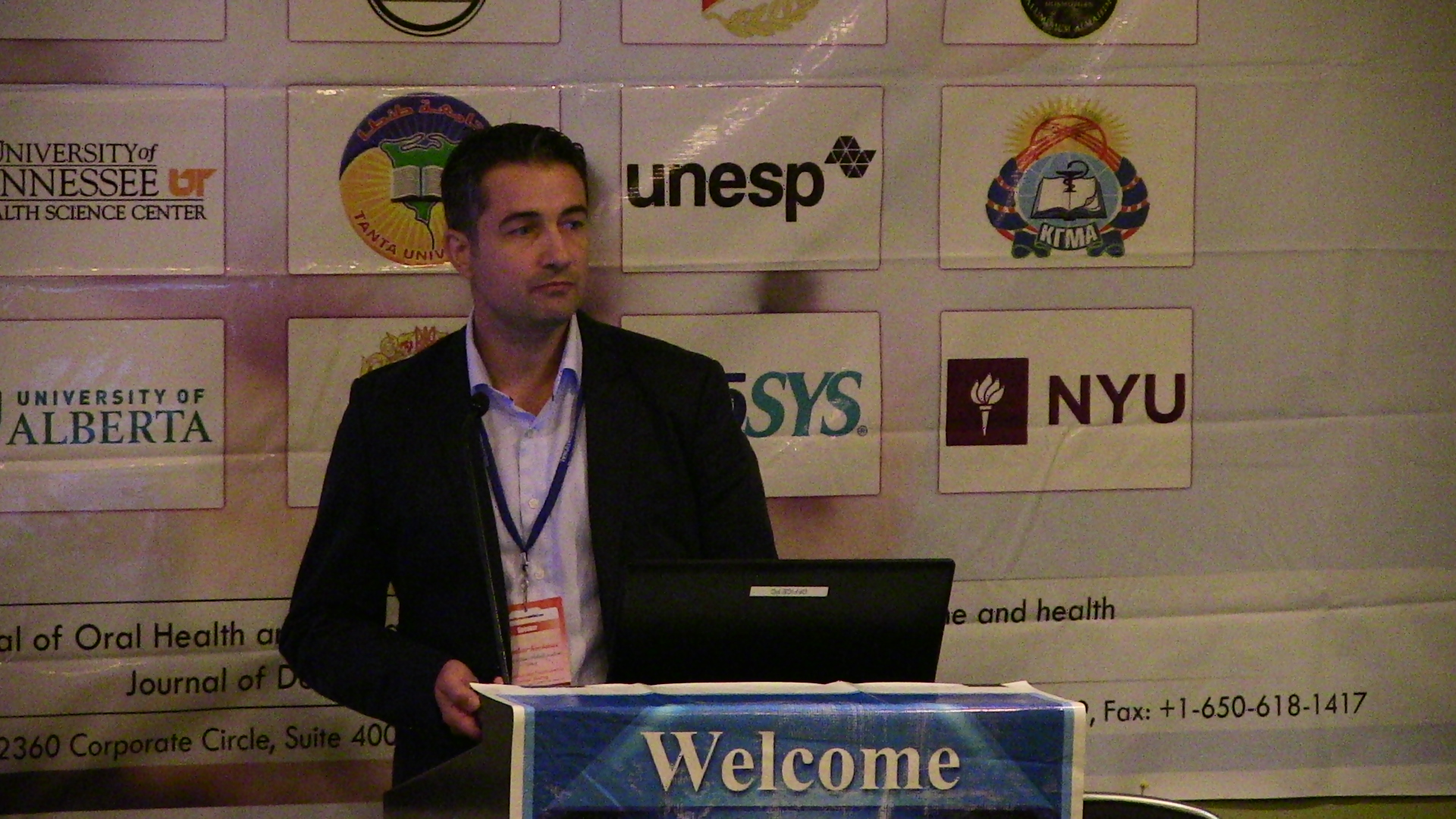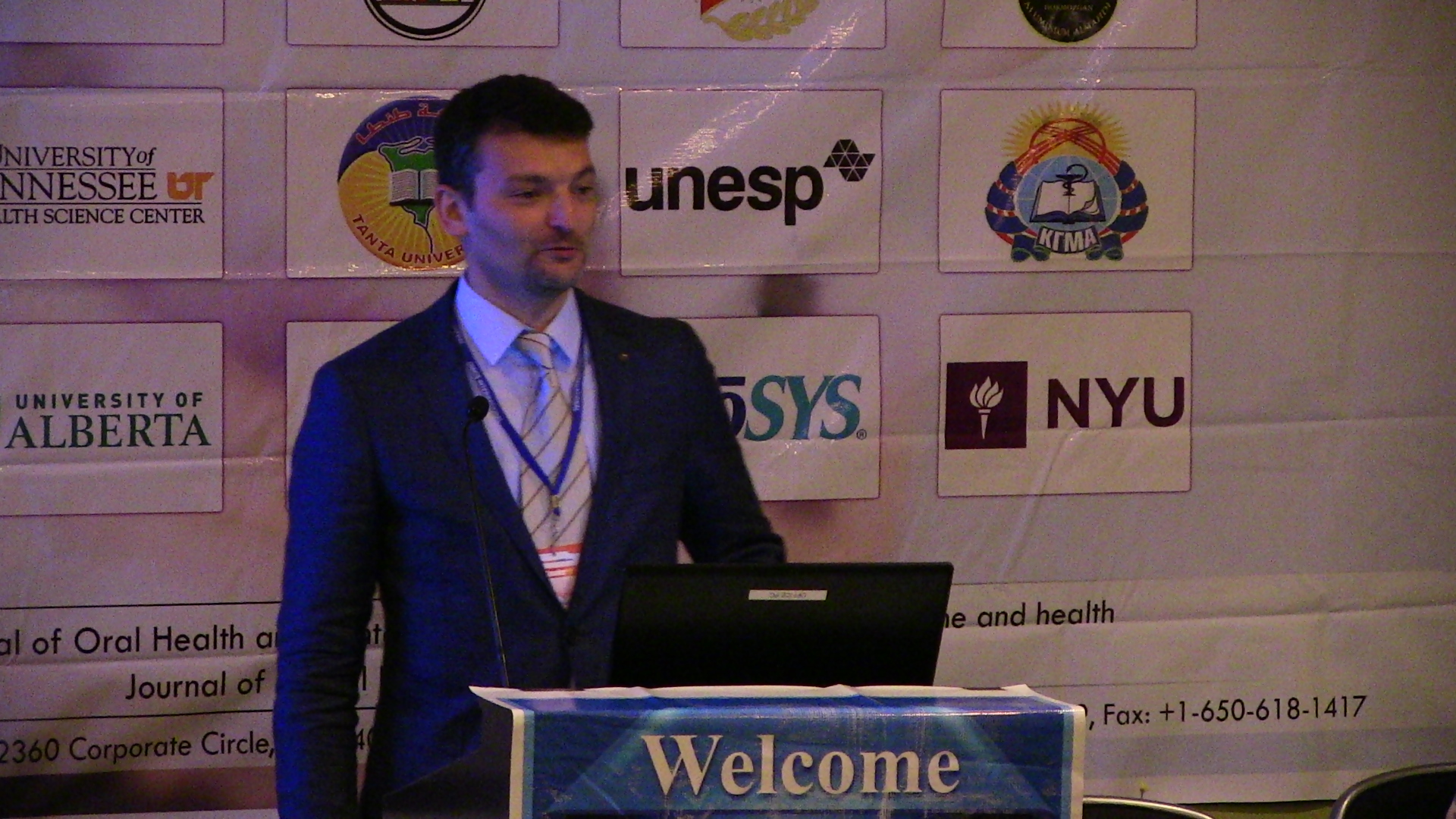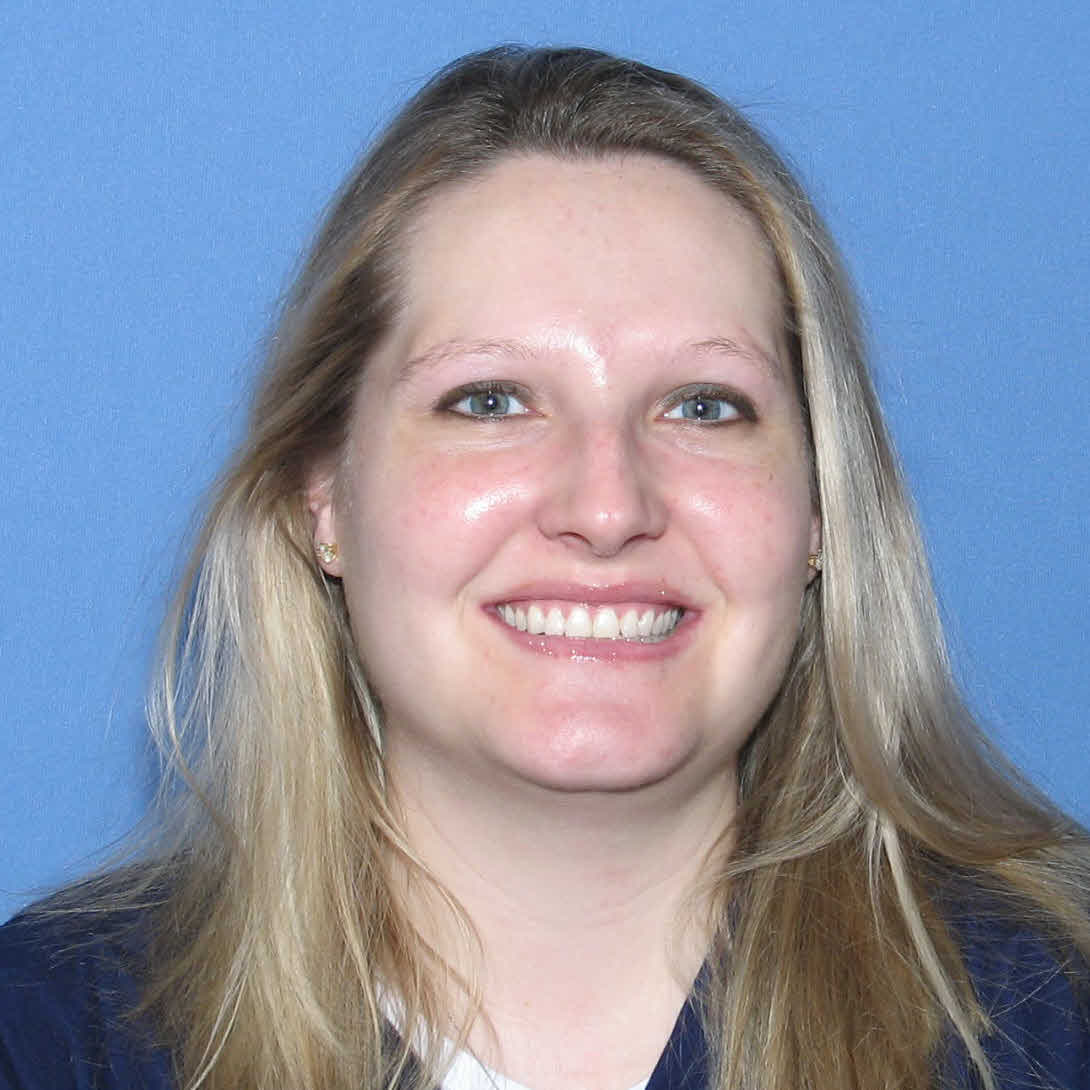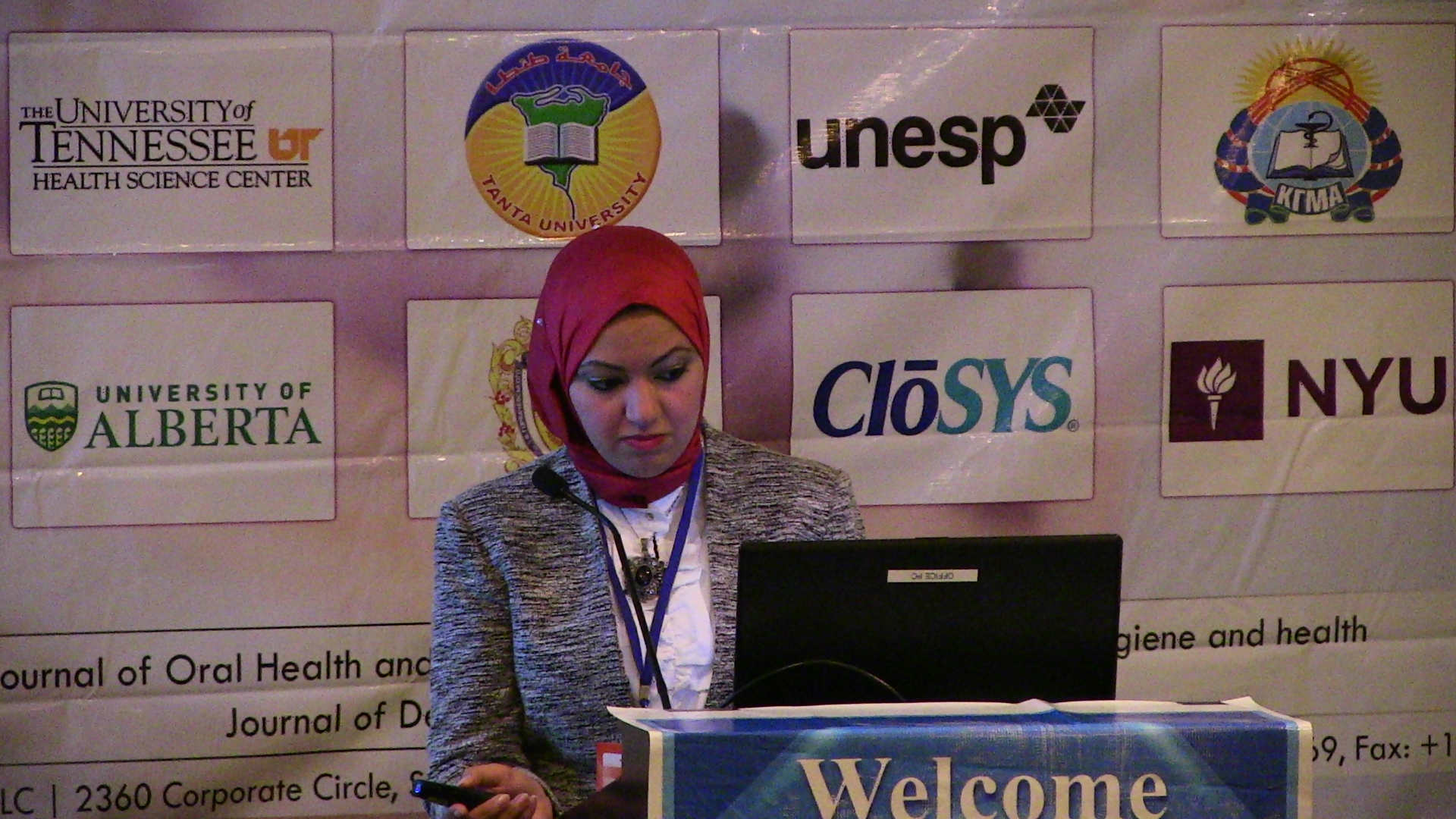Day 1 :
Keynote Forum
James L. Ratcliff
President and CEO Rowpar Pharmaceuticals, USA
Keynote: Evolving concepts of inflammation and oral disease: Have we met the enemy, and is it us?
Time : 10:00-10:30

Biography:
Abstract:
Keynote Forum
John D Petkanas
Associates In Oro-Facial Pain, LLC, USA
Keynote: Facial trauma and temporo-mandibular disorders
Time : 10:30-11:00

Biography:
Abstract:
- Track 1: Periodontology Track 2: Cosmetic Dentistry Track 3: Scaling and Root Planing Track 4: Dental Implants

Chair
James L. Ratcliff
President and CEO Rowpar Pharmaceuticals, USA

Co-Chair
Klenise Paranhos
New York University School of Dentistry, USA
Session Introduction
Klenise Paranhos
New York University School of Dentistry, USA
Title: The effect of collar designs and developments over the years on soft tissue and bone level

Biography:
Abstract:
Cumhur Sipahi
Gulhane Military Medical Academy, Ankara, Turkey
Title: Benefits of three innovative direct attachment incorporation methods in order to prevent or minimize metal housing debonding

Biography:
Abstract:
Cumhur Korkmaz
Gulhane military medical academy, Turkey
Title: Marginal fit comparison of hip (hot isotatic pressed) zirconia copings fabricated with three different marginal finish lines

Biography:
Abstract:
Seyed Hadi Sajjadi
Hormozgan Aluminum Corporation, Iran
Title: Effects of three types of digital camera sensors and two camera lenses on dental specialists’ perception of smile esthetics: Two double-blind clinical trials
Biography:
Abstract:
- Track 5: Sedation dentistry and General Anesthesia Track 6: Treatment modalities Track 7: Periodontal & Prosthodontal Disease Track 8: Dental Implants
Session Introduction
Rebecca Mayall
University of Tennessee Health Sciences, USA
Title: Assessment of the effect of the use of bisphosphonates on dental implant rehabilitation and peri-implant tissues

Biography:
Abstract:
Alper Akgürbüz
Gulhane Military Medical Academy, Turkey
Title: Interdisciplinary rehabilitation of missing maxillary lateral incisors

Biography:
Abstract:
Faruk Emir
Gulhane Military Medical Academy, Turkey
Title: Full-mouth rehabilitation of a patient with severe dental wear

Biography:
Abstract:
Klenise Paranhos
New York University School of Dentistry, USA
Title: The novel device to remove the cold welded connection implant restoration

Biography:
Abstract:
Radwa El-Dessouky
Tanta University Faculty of dentistry, Egypt
Title: To Seek a Longer Conservation Method of Tooth

Biography:
Abstract:
Perfect marginal seal is considered the first defense line of crowned tooth against caries, periodontal disease and hypersensitivity. It was an old concept that metallic margins achieve better adaptability than ceramics and hence metal-ceramic restorations were preferred by both dentists and patients in attempt to combine esthetics, strength and adaptability. All-ceramic crowns are popularly encouraged nowadays thanks to their excellent ability to mimic tooth structure in shade and translucency, biocompatibility and durability. Introduction of newer digital processing generations and ceramic sintering techniques together with the evolution of nano ceramics and resin ceramic hybrid materials are promising issues towards all-ceramic restoration with excellent margins. Additionally, certain details during tooth preparation and laboratorial adjustments were found to have a distinct effect on marginal fit of ceramic restorations. This article provides a brief overview about factors affecting marginal adaptation of ceramic restoration giving more focus on the effect of digital systems, nanoceramics and recent sintering techniques on ceramics marginal fit and longevity in the oral cavity.
